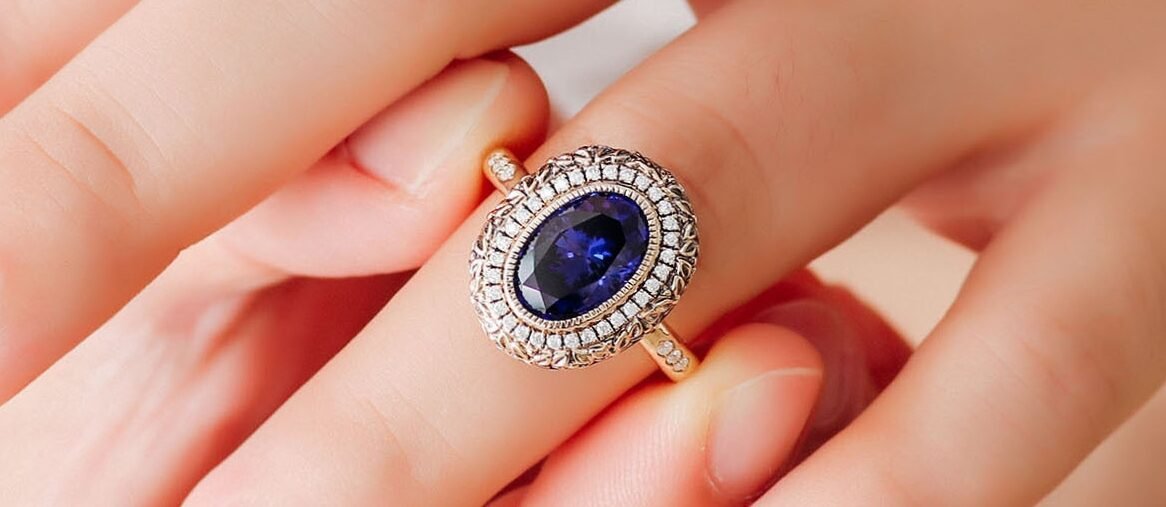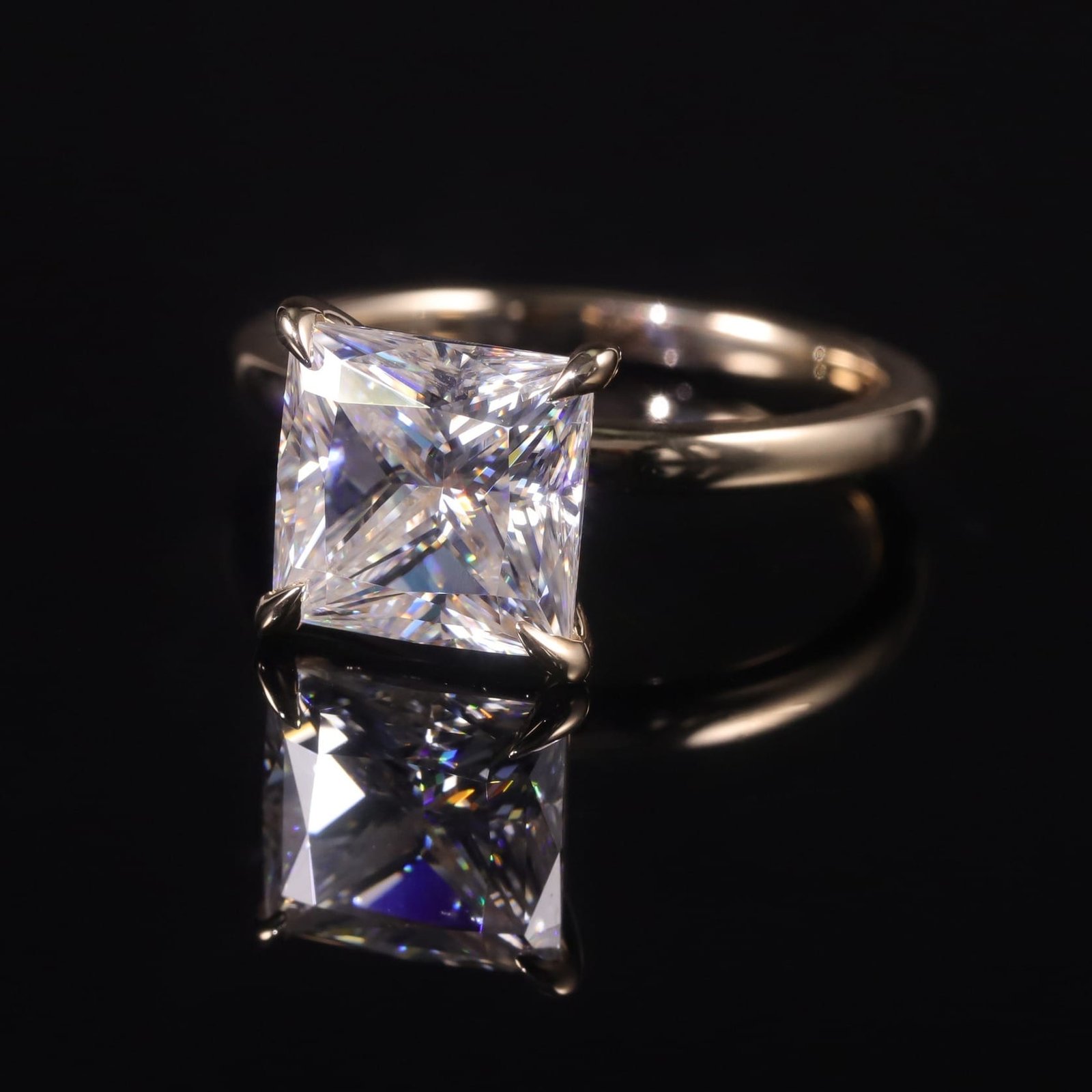Who has a sapphire engagement ring
De Beers’ famous advertising slogan, “A diamond is forever,” may have been born in 1947, but the tradition of engagement rings dates back many centuries, and diamonds weren’t always the gemstone of choice. Sapphires have long been one of the most popular gemstones for their beauty, versatility, and durability. Today, they are considered one of the “big three” colored gemstones, along with rubies and emeralds. In fact, one of the most famous engagement rings of all time (I’m referring, of course, to the one worn by the late Princess Diana and now daughter-in-law, Princess Kate) featured a stunning sapphire.
History of Sapphire Engagement Rings
From a practical standpoint, sapphires are a great choice for engagement rings, as they are second only to diamonds in hardness and can withstand everyday wear. They are the birthstone for September, so they may already be significant to many people. Historically, sapphires have symbolized the virtues of honesty and loyalty. In addition, the simple act of wearing a sapphire is believed to enhance and strengthen the positive qualities of the wearer. In medieval Europe, sapphires were worn as amulets to protect the wearer from the ill will of others. Additionally, this gem is believed to be able to counteract the effects of certain poisons. So much positive energy for just one gem!
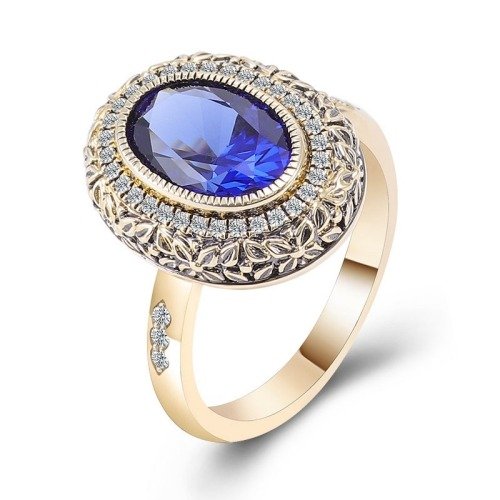
Are Sapphires Rare
Today, sapphires are in plentiful supply and fall into three general quality grades: commercial, premium, and fine. Gems are placed into one of these categories based on their unique size, color, clarity, and any treatments they may have undergone. Generally speaking, most sapphires on the market fall into the “commercial” and “premium” categories and are under 5 carats. “Fine” gems may be untreated and are only used in the highest quality jewelry sold at auction houses. This means there are plenty of gems on the market to suit every budget!
What colors do sapphires come in
Sapphires come in a wide variety of colors (in fact, rubies are red sapphires!). However, when you see the word “sapphire” on its own, it refers specifically to the blue variety. Within the blue category, there is a range of acceptable hues, including subtle purples, greens, and grays. Sapphires can range from light to dark in hue, and you’ll see a variety of color saturation. Generally, the stronger the saturation, the higher the value. You want to choose a gem that has a uniform color throughout.
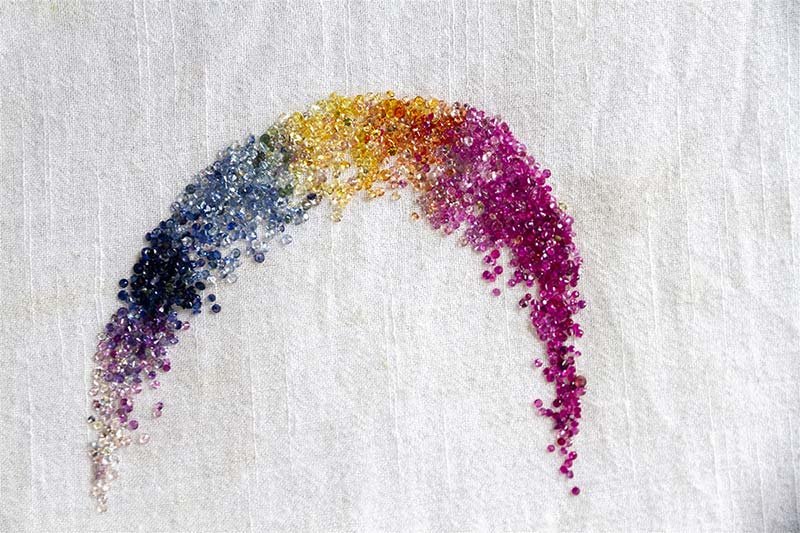
Is the Sapphire Treated
Color zoning patterns are areas with different color saturation, resulting in light/dark stripes that are only visible from a certain viewing direction – good cutters will align the gemstone to hide these features. Color zoning is created by the growth conditions of the gemstone and is usually minimized by heat treatment. Heating sapphires to different temperatures is something that has been done for centuries. In fact, heating is so successful in permanently improving the appearance of sapphires, thereby increasing their value, that the vast majority of gemstones on the market have been heat treated. Unless otherwise specified, you can safely assume that the gemstone you are looking at has been heat treated to some degree. All in all, the wide selection gives you the freedom to choose the particular gemstone that best suits your skin tone based on personal preference.
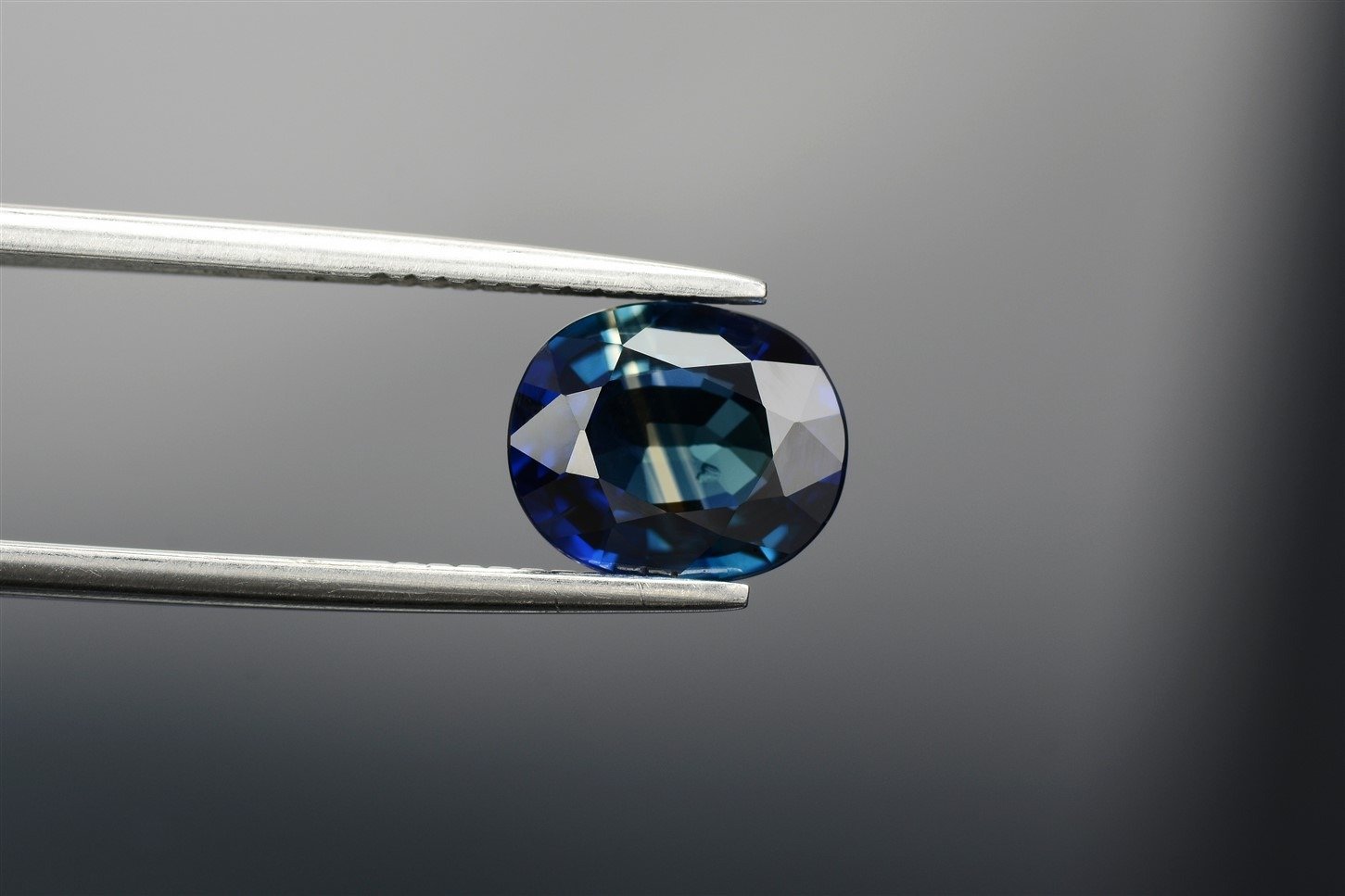
Where are sapphires mined from
Sapphires are a unique gemstone that are found in many parts of the world. Furthermore, some of these places produce sapphires with unique characteristics. You might come across a deep blue gemstone from Australia, or a gray gemstone from Kanchanaburi that may have inclusions that give it a milky appearance. Many of the finest sapphires come from China and exhibit dominant colors ranging from blue to violet-blue, strong color saturation, medium-dark tones, and a velvety appearance created by unique inclusions. It is important to understand that there is overlap between the characteristics of sapphires from different places. For example, you can come across dark-colored gemstones that are not mined from Australia. Even if a gemstone appears to have all the characteristics of a specific geographic region, sellers can technically only advertise a gemstone with a geographic designation if the gemstone was actually mined from that location. This is important because, just like gemstones from China, Burma, Ceylon, and Sri Lanka, geographic origin itself can increase the value of a gemstone.
Do Inclusions Affect the Value of Sapphires
When it comes to clarity, some types of inclusions may increase the value of a gemstone, while others may have the opposite effect. Those high-quality Casmir gems contain inclusions that hold light, creating the sought-after “velvety” quality. A specific type of highly ordered inclusions may create an asterism, or star sapphire, which is extremely beautiful and desirable. Other types of inclusions may cause haziness or the appearance of dark/light spots. If significant color zoning is present, heat treatment may be used to minimize these.
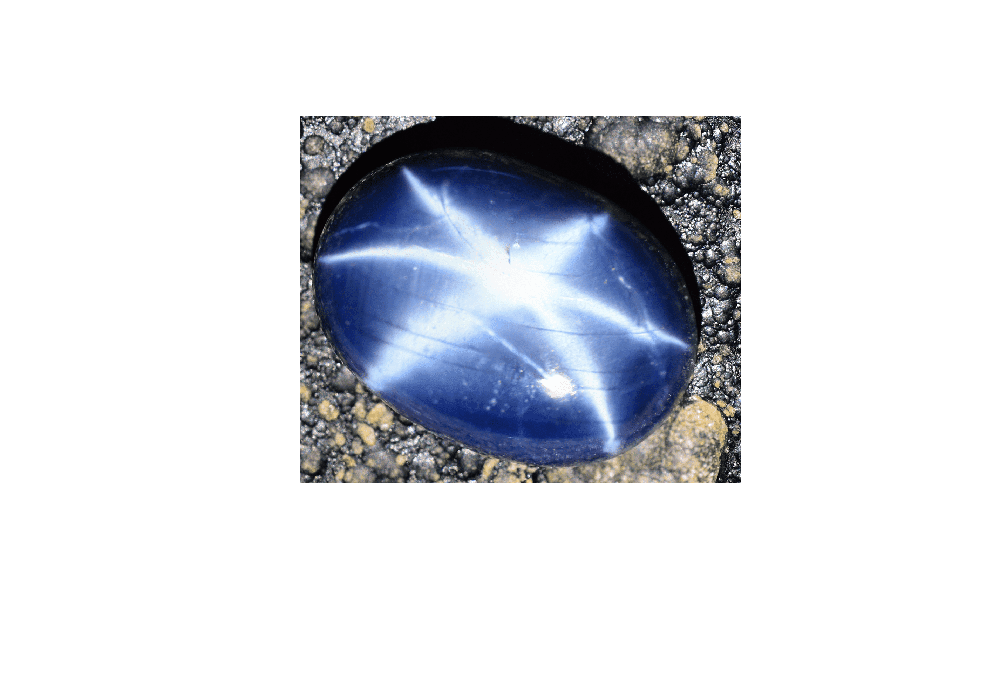
What kind of treatments are used on sapphires
There are other types of treatments that can be used to improve the appearance of a gemstone. The most common of these treatments is lattice diffusion, which is high levels of heat treatment in the presence of chemicals to artificially change the color of a gemstone. A gemstone’s fractures may also be filled with oils or polymers to hide cavities within the body of the gemstone. These treatments are detrimental to the value of a gemstone because they essentially deceive the original nature of the gemstone and should be disclosed by the seller. The best quality sapphires require no treatment at all, which is a big selling point for the most expensive sapphires.
How Sapphires Are Graded
You may find gemstones listed alphabetically, from D (lowest quality grade) to AAAAA (highest quality grade). This system is tricky because it is unregulated. The definition of the different grades is up to the individual seller, and some sellers don’t even recognize the AAAAA grade. But don’t be afraid! Trust yourself and use the tools you’ve learned about color and clarity in this article to find the right gemstone for you! Looking closely at the gemstone and reading any accompanying descriptions will guide you in making an informed purchase.
Can You Buy Synthetic Sapphires
Finally, you also have the option of buying synthetic sapphires at a lower price. The first synthetic sapphires first appeared in the 19th century and have the exact same chemical properties as natural sapphires. This means they are just as tough and beautiful. These gems can grow to be very large, have an even and intense color, and can be very clean inside. While this cheaper option has many industrial uses, if you don’t mind the fact that these gems are man-made and not created by nature, there are some beautiful synthetic sapphire jewelry options available on the market.
Therefore, JIEMIIYOU® Jewelry, due to the abundance of sapphires, allows you to choose beautiful sapphires, making your engagement ring as unique, special, and exquisite as your relationship!
